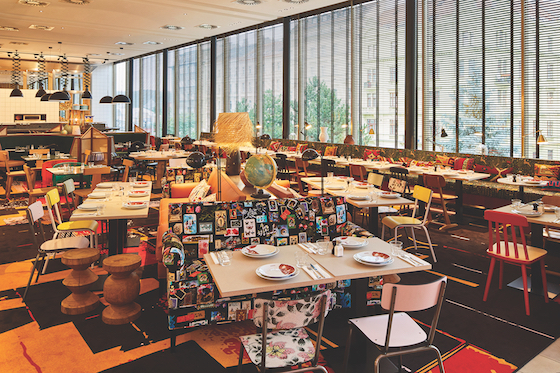The explosion in hotel brands has been breathtaking: Between 2006 and 2018, U.S. parent companies created 72 new brands, and each month it seems the big players unveil yet another product. Hotel research analyst Stephen Hennis, president of Hotelogy, calls the phenomenon “the need to fill shelf space.” in other words, the dominant companies want to have a product that suits a broad range of hotel owners and guests.

“It gives them more of a basis to compete,” he says. “It helps get people to go to their website to book instead of using an OTA. If they’re on Marriott.com, and they see the brands they typically stay at aren’t available, they might try an Autograph Collection or a Moxy, even if they don’t know what the product is.”
On the developer side, Hennis says, companies are betting on the strength of a big company to carry an untested brand. But owners of existing hotels face potential impact issues from the upstart brands, which he calls “ankle biters.”
For example, travelers on Hilton’s reservations site might be looking for a Hampton by Hilton, but see that a less expensive Tru by Hilton is right next door, and will still net them Hilton Honors points. He says that kind of scenario might come into play more frequently if there is an economic downturn and travelers trade down.
The other risk is brand fatigue among consumers, but John Hamilton, senior vice president of development at Pyramid Hotel Group, sees that as a self-resolving problem. “The main reason there is confusion is that most of these brands haven’t been around long enough to develop their own distinct personality,” he says. “Over time, there should be more separation, as people stay in these properties and become more familiar with them… And there is a definitely a trend, especially among younger consumers, to have a wide variety of offerings to satisfy individual tastes and needs.”
